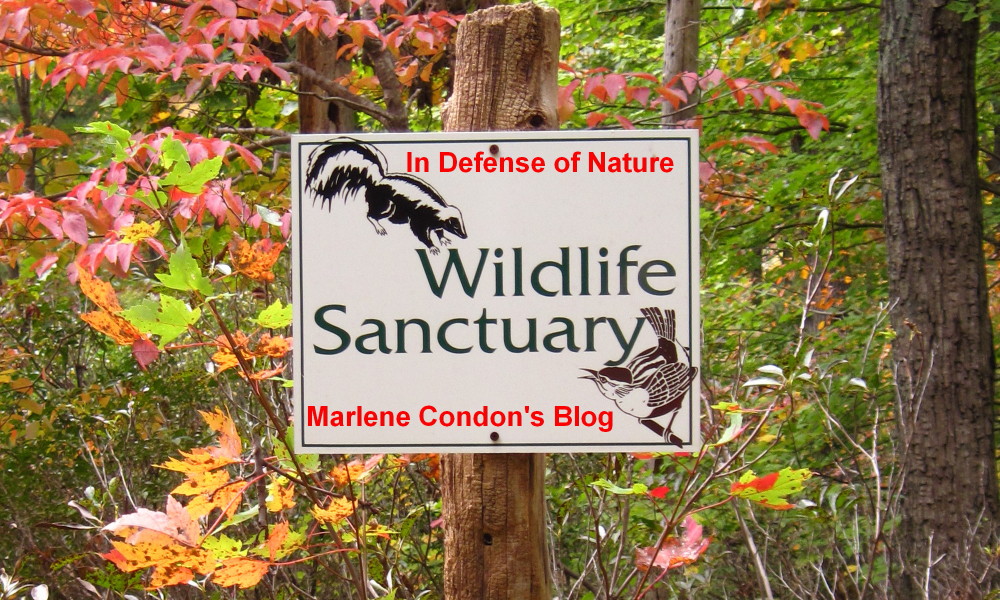Groundhog Day No Fun for the Groundhog
A young groundhog looking for a new home checks out the author’s porch, eventually deciding to reside underneath it in a burrow.
ALL TEXT AND PHOTOS © Marlene A. Condon
Pennsylvania’s Punxsutawney
Phil may be the most famous weather-forecasting groundhog, thanks to additional
publicity from the 1993 movie, Groundhog Day. But should mishaps befall Phil,
publicity would be virtually nonexistent because his handlers cloak his life in
secrecy and tall tales.
For example, he’s
supposedly the same critter that’s been making predictions since 1886, even
though groundhogs live only about ten years in captivity (two to three, on
average, in the wild). According to The Punxsutawney Groundhog Club (https://www.groundhog.org/phil-faq),
Phil manages this feat by drinking a secret recipe—the “elixir of life”: One
sip every summer at the Groundhog Picnic “magically gives him seven more years
of life.”
Yes, spinning myths and
pretending a zoo animal can tell us whether spring will arrive early seems harmless.
But is it really?
Other prognosticating groundhogs
exist that provide insight to the risks of being in this famous “job”. In 2014,
New York mayor Bill de Blasio attended the Staten Island Zoo Groundhog Day
ceremony. When handed the groundhog by a zookeeper, he dropped it. A week later
the ten-month-old rodent was dead from internal injuries suffered in the fall.
This kind of accident may
be rare, but does anyone believe these undomesticated animals want to be
handled at all, never mind that they’re brought out into the cold and held
high above throngs of people, a frightening situation to an animal that has no
comprehension of what’s happening? In Pennsylvania, Phil’s obliged to participate
in selfies with many of the ten to twenty thousand people attending this event,
keeping him in disquieting circumstances much longer.
We’ve come a long way regarding
animal welfare, but we still have quite a way yet to go. While dogs and cats
have become virtual human beings in the eyes of the law and afforded many
protections, many kinds of wild animals continue to be seen as playthings for
humans instead of recognized as the sentient life forms they are.
Like humans, wild animals
have an innate need to live freely, roaming and exploring their world as they search
for food and mates and living the life they were meant to live. Groundhogs live
in dark burrows, but Phil lives in “a warm terrarium built into the
Punxsutawney library. The wall that faces the outside is made of glass, so
visitors can pay their respects at any time.” (www.roadsideamerica.com/story/17331)
Does Phil hibernate as he’s
biologically “programmed” to do from October to April in Pennsylvania? No, that’s
not allowed: His “manufactured burrow” is kept at a constant temperature, and artificial
lighting prevents the shorter days of autumn sunlight from triggering his urge
to put on fat and settle in for a long winter nap.
Like Canada Geese living
in Virginia year-around now, Phil must become every bit as unsettled as they do
during fall. Local Canada Geese move around constantly because they undoubtedly
still have the biological urge to leave the area, being descended from geese
that reproduced in Canada during summer and had no choice but to migrate south in
fall if they were to survive the winter. The urge to move southwards or to
hibernate is “built-in”.
Some people think Phil has
a wonderful life because he doesn’t need to find his own food and he’s
protected from predators, which may well grant him a longer existence. But would
you choose life in prison just because three meals are served every day and
health care is provided so you might live longer? Of course not; no one wants
to be caged as Phil (and every other zoo animal) is.
In fact, according to the
Live Science website (https://www.livescience.com/8076-punxsutawney-phil-groundhog-myth.html),
this mammal hasn't lost his wild instincts. One year, the groundhog tried to
escape. “They caught him right before he tried to run for the hills,” wrote the
editor of Punxsutawney Spirit, a daily newspaper that covers local news,
adding, “If Groundhog Day comes around and the main man doesn't show up you
have problems.”
Animals try to flee for
the same reason people do: They want to live the lives they’re destined to live.
I’ve seen a Box Turtle in an aquatic-nature center terrarium desperately and
continuously trying to climb the glass walls of its prison to escape the boredom
of its existence in that cramped space. I’ve watched wolves running back and
forth in a crazed manner along a fence enclosing them at a nature park in the
Northwest. As a child, I broken-heartedly observed a very large white Polar
Bear pacing endlessly back and forth in its tiny cage that was barely larger
than it was.
Wild animals don’t exist to
entertain us. Each one belongs in the wild where it plays important roles to
help keep the environment functioning properly.
Groundhog Day may be fun
for us, but it’s no fun for the groundhog.
NATURE ADVICE:
Many folks consider groundhogs to be “pests” and perhaps may not care what happens to these animals. However, anyone harboring that opinion needs to remember that all critters are sentient beings that shouldn’t be frightened or otherwise made to suffer, and they have “jobs” to do to keep the environment running properly. People have the intelligence to find solutions for coexisting with our wildlife and they should make every effort to do so.
DISCLAIMER:
Ads appearing at the end of e-mail blog-post notifications are posted by follow.it as recompense for granting free usage of their software at the author's blog site. The author of this blog has no say in what ads are posted and receives no monetary compensation other than the use of the software.



